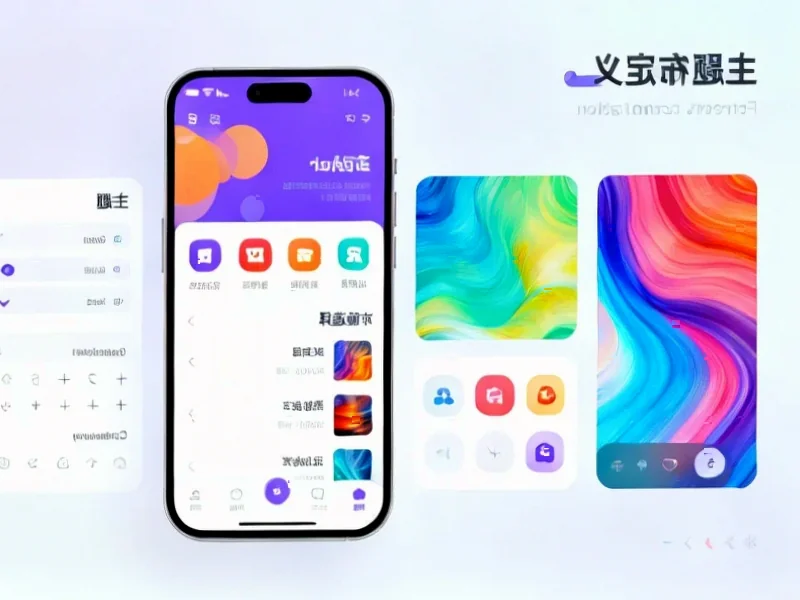According to SamMobile, Google is rolling out a significant UI redesign for YouTube Music on select Galaxy Watches following the Wear OS 6 update. The new interface features colorful backgrounds for popular playlists, vertical posters with rounded corners, and a Browse button that hugs the smartwatch’s screen bezels. Text now uses a bolder font replacing thinner fonts from earlier versions, and each list item takes up more vertical space to improve selection accuracy. While the redesign is currently visible only in limited parts of the app, it represents Google’s gradual implementation of Material 3 Expressive UI design elements across the Wear OS ecosystem. This visual refresh comes as Google positions YouTube Music more competitively in the wearable space.
The Strategic Importance of Wearable Music Experiences
Google’s decision to prioritize YouTube Music’s Wear OS interface reveals a broader strategic calculation about where the future of music consumption is heading. While smartphones remain the primary music device for most users, smartwatches represent a crucial secondary interface for quick controls, workout sessions, and situations where pulling out a phone is inconvenient. The timing is particularly significant given that smartwatch adoption continues to accelerate globally, with fitness and health tracking driving much of the growth. By improving the music experience on wrists, Google isn’t just competing with Apple’s tight Watch-Apple Music integration—they’re preparing for a future where voice commands and glanceable interfaces become the norm for media control.
What Material 3’s Arrival Means for Wear OS
The adoption of Material 3 Expressive design elements represents more than just aesthetic refresh—it signals Google’s commitment to creating a cohesive design language across all device categories. Material You’s dynamic theming system, which adapts interface colors based on user wallpaper preferences, has been a standout feature on Android phones, and its extension to wearables could create more personalized smartwatch experiences. The challenge Google faces is adapting these design principles to extremely small screens without sacrificing functionality. The bolder fonts and increased spacing mentioned in the report suggest Google is prioritizing accessibility and ease of use, which aligns with Material Design’s evolving focus on creating interfaces that work across diverse contexts and user needs.
The Broader Competitive Implications
This redesign arrives during a critical period for both Google and Samsung in the wearable market. While Apple continues to dominate the premium smartwatch segment, the Android wearable ecosystem has been fragmented between various manufacturers and platforms. The deeper integration between YouTube Music and Galaxy Watches suggests Google and Samsung are aligning more closely to create a unified Android wearable experience that can compete with Apple’s walled garden. This could pressure other music streaming services to improve their Wear OS offerings, potentially triggering a wave of interface improvements across the platform. The timing coincides with Samsung’s latest Galaxy Watch releases, indicating coordinated efforts to enhance the value proposition of the Android wearable ecosystem.
Where Wearable Music Interfaces Are Headed
Looking ahead 12-24 months, I expect we’ll see YouTube Music’s redesign serve as a template for broader changes across Google’s wearable app portfolio. The increased spacing and bolder typography suggest a recognition that smartwatch interfaces need to prioritize glanceability and one-handed operation above all else. We’ll likely see more context-aware features that anticipate user needs—automatically surfacing workout playlists during exercise sessions or commute mixes during morning hours. The true test will be whether Google can maintain design consistency while allowing for the unique constraints of wearable interfaces. If successful, this could mark the beginning of Wear OS maturing into a platform with its own distinct design language rather than simply being a scaled-down version of phone interfaces.




